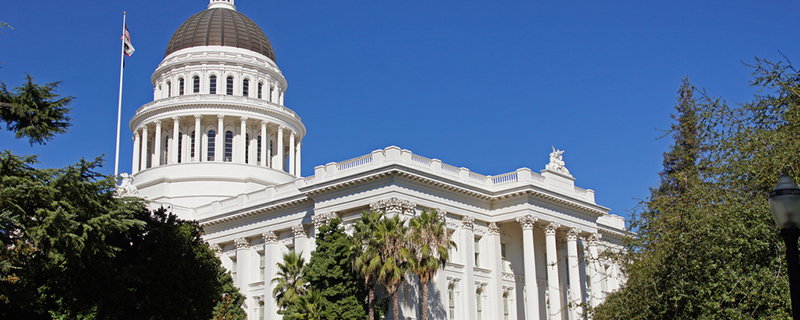Last week, I wrote about the “key values” put forward by Senate Democrats for their approach to the 2022-23 state budget process. Assembly Democrats quickly followed up by releasing their own “budget blueprint,” which like their Senate counterparts, would spend the state’s budget surplus largely on new and expanded government spending and programs.
In addition to big government spending – some lawmakers apparently have another budget target in sight – the Gann Limit.
The Gann Limit was enacted by voters in 1979’s Proposition 4 on the heels of the passage of the landmark tax-cutting measure Proposition 13 in 1978. According to the nonpartisan Legislative Analyst’s office (LAO), the measure “established an appropriations limit on the state and most types of local governments” based on state tax revenue.
“If the state has revenues above the limit over two consecutive years,” the LAO writes, “the State Constitution requires the state to split the excess between taxpayer rebates and additional spending on schools.”
In November, the LAO estimated the state would have to allocate around $14 billion in the 2020-21 and 2021-22 fiscal years to meet the Gann Limit’s requirements – and potentially another $12 billion in the 2022-23 fiscal year.
But don’t expect that you’ll be receiving a sizeable tax rebate anytime soon.
The Gann Limit allows Legislative Democrats to meet its requirements without cutting taxes. For example, they could increase K-12 and community college funding, pay down debt, or boost infrastructure spending.
To that end, the Assembly Democrat budget blueprint proposes “build(ing) for California’s future with major infrastructure investments” including $10 billion for K-12 and higher education facilities and another $10 billion for transportation infrastructure. Lawmakers could also count emergency COVID-19 spending in recent years toward meeting the Gann Limit requirements.
Despite this flexibility and the fact that they can still fulfill some of their core budget priorities while spending the state’s projected $31.2 billion budget surplus as they wish, that’s still too restrictive for some lawmakers. Senate Democrats write in their budget values statement about “consider(ing) future reforms to modernize the Gann Limit while respecting the original intent.”
This is Sacramento-speak for watering it down to point of irrelevancy or scrapping it altogether.
Responding to the Democrats’ efforts to modernize the Gann Limit, Senate Budget Committee Vice Chair Jim Nielsen, R-Red Bluff, told the Sacramento Bee that, “their intent is not to revise and reform it . . . their intent is to destroy it.”
The LAO says lawmakers could get some relief from the Gann Limit’s requirements through statutory sleight of hand, or they could propose changes to increase the limit or how it is calculated.
Keep in mind that although any major changes to the Gann Limit – which was adopted into the State Constitution by voters – would require another vote of the people to implement. That’s the ultimate backstop to ensure that government spending doesn’t become even more reckless than it already has.
Tim Anaya is the Pacific Research Institute’s senior director of communications and the Sacramento office.

